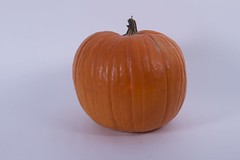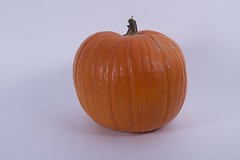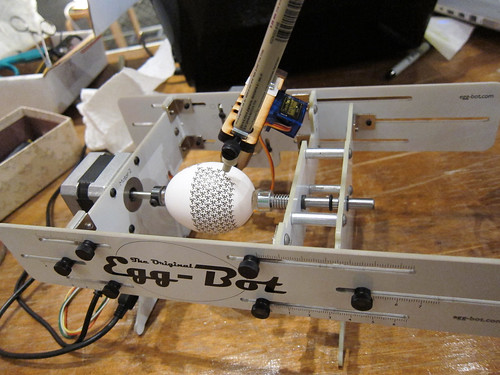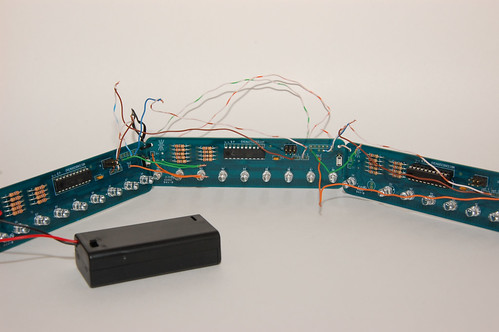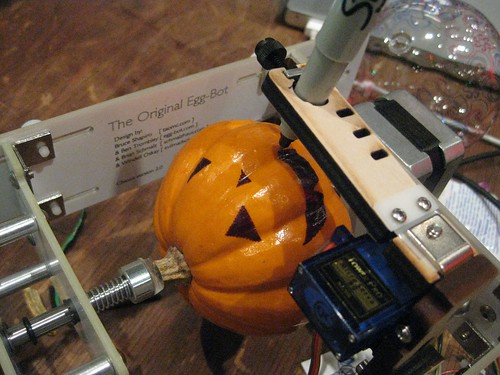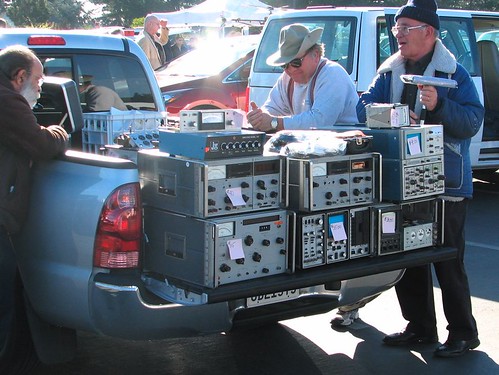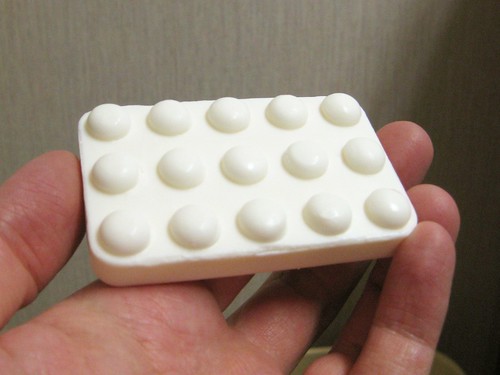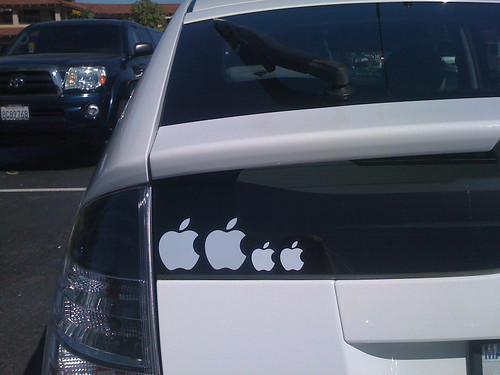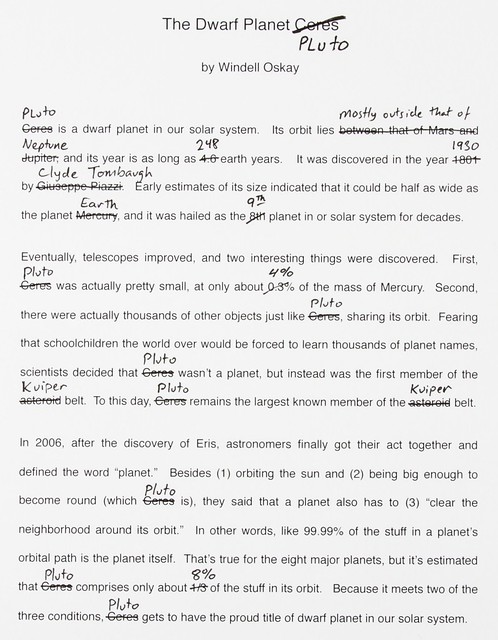One of our favorite low tech halloween decorations is a (tiny) army of mini jack o’lanterns. Here’s how to carve your own. Continue reading Your own private mini-pumpkin jack O’lantern army
Category Archives: EMSL Projects
Halloween Projects!
A pumpkin that sleeps like a Mac
Here’s an neat idea for a jack-o’-lantern: Hide a single white LED just beneath the thin surface of the pumpkin. And program it with the same slow “breathing” effect that indicates sleep on Mac computers.
The result? A pumpkin that sleeps like a Mac. It’s actually quite striking, in part because the effect becomes invisible every few seconds. It’s also an easy microcontroller project: our demonstration video and build instructions follow. Continue reading A pumpkin that sleeps like a Mac
Maker Faire and Eggbot on Martha Stewart Show
If you happen to be into TV and/or Eggbot, you might want to tune into the Martha Stewart Show on Wednesday, Oct. 20. Our collaborator, Bruce Shapiro, inventor of the Eggbot, will be on as a part of a special episode about Maker Faire which will show off some of the cool things that Martha and her colleagues discovered at Maker Faire New York. After the show is broadcast, you should be able to find photos and video from the episode here.
Photo by Scott Beale / Laughing Squid under cc-by-nc-nd license.
The Expandable Larson Scanner!
“The Larson Scanner rocks, but it’s too short!”
“How can we expand the Larson Scanner?”
“Can you link multiple Larson Scanners together?”
These are just some of the questions that I have asked about the Larson Scanner.
And now, there’s an answer, in my first guest blog post here on Evil Mad Scientist Laboratories!
Printing on a strangely shaped egg
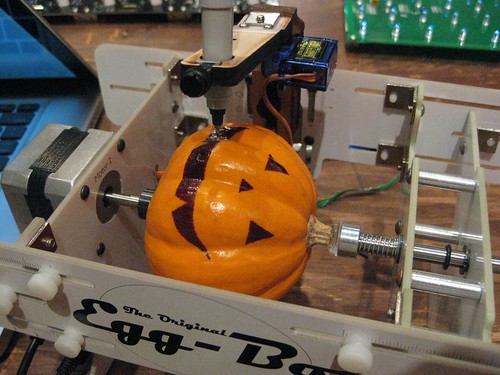
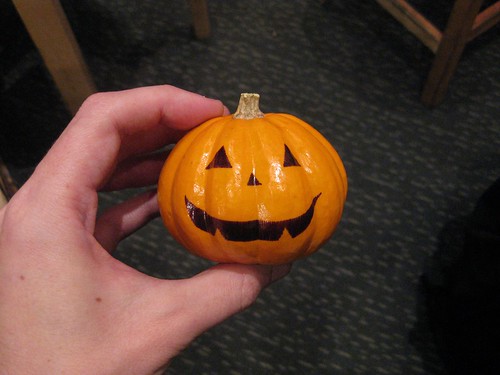 One of those questions that keeps coming up about the Egg-Bot is, “Does the surface have to be perfectly smooth?” Or sometimes just, “Can you print on a golf ball?”
While we wouldn’t go so far as to say that you’ll have good luck printing on a tennis ball, it turns out that the surface doesn’t exactly have to be flat either. Golf balls certainly aren’t a challenge. And, as you can see above, you can even plot on strangely shaped “eggs,” so long as the surface is smooth enough that you can drag a marker along. Neat.
Update: We’ve posted some tips on using the Eggbot with pumpkins here.
One of those questions that keeps coming up about the Egg-Bot is, “Does the surface have to be perfectly smooth?” Or sometimes just, “Can you print on a golf ball?”
While we wouldn’t go so far as to say that you’ll have good luck printing on a tennis ball, it turns out that the surface doesn’t exactly have to be flat either. Golf balls certainly aren’t a challenge. And, as you can see above, you can even plot on strangely shaped “eggs,” so long as the surface is smooth enough that you can drag a marker along. Neat.
Update: We’ve posted some tips on using the Eggbot with pumpkins here.
You can find more pumpkin projects in our Halloween Project Archive.
Fall Field Trips!
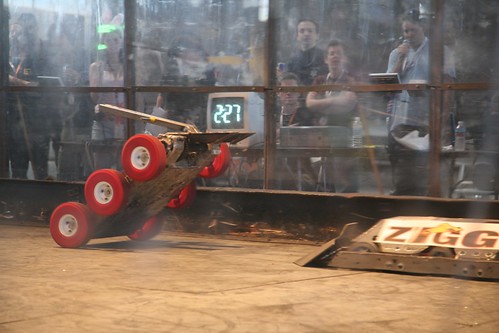 Coming up soon: Combots Cup V at the San Mateo Event Center on Saturday, October 23 and Sunday, October 24. Combots is the annual heavyweight robot combat championship.
Coming up soon: Combots Cup V at the San Mateo Event Center on Saturday, October 23 and Sunday, October 24. Combots is the annual heavyweight robot combat championship.
“This event highlights the best combat robot teams in America and their 220 pound flame-throwing, blade-spinning, titanium shearing robots of destruction! Whether you’re a sports fan or techno geek, ComBots puts on the best robot events in the world! If you missed seeing fighting robots at Maker Faire this year, or are longing for RoboGames, here’s your chance to see them again.”
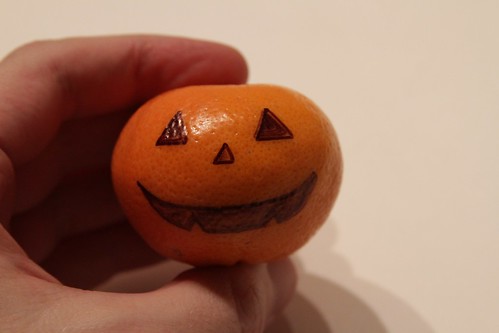 That same weekend: East Bay Mini-Maker Faire is on Sunday, October 24 at the Park Day School in Oakland. We’ll be bringing our Egg-Bots and showing off a few of their Halloween related applications.
We hope to see you there!
Robogames 2006 photo by Scott Beale / Laughing Squid under cc-by-nc license.
That same weekend: East Bay Mini-Maker Faire is on Sunday, October 24 at the Park Day School in Oakland. We’ll be bringing our Egg-Bots and showing off a few of their Halloween related applications.
We hope to see you there!
Robogames 2006 photo by Scott Beale / Laughing Squid under cc-by-nc license.
BGA Soap?!
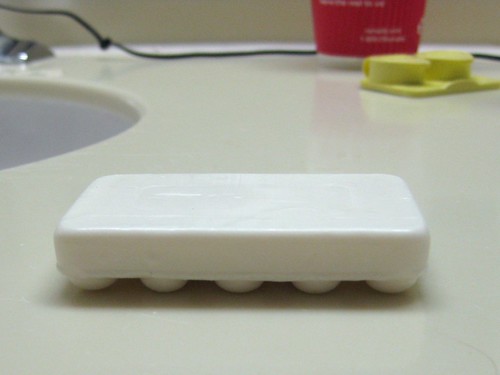 One of the standard progressions in electronics is to smaller and smaller packages for electronic devices. While this is wonderful in so many ways, it’s a pain in others. Many of our projects call for soldering components to a circuit board, where you have (for example) a microcontroller, some LED drivers and some LEDs. As miniaturization progresses, it has become harder to find big, easy to solder “through hole” versions of the LED driver chips that we like. We can be sure that eventually it will become difficult to find microcontrollers or even LEDs except in fine-pitch “surface mount” packages.
One of the standard progressions in electronics is to smaller and smaller packages for electronic devices. While this is wonderful in so many ways, it’s a pain in others. Many of our projects call for soldering components to a circuit board, where you have (for example) a microcontroller, some LED drivers and some LEDs. As miniaturization progresses, it has become harder to find big, easy to solder “through hole” versions of the LED driver chips that we like. We can be sure that eventually it will become difficult to find microcontrollers or even LEDs except in fine-pitch “surface mount” packages.
Many surface mount components are actually just fine for hand assembly with a soldering iron, or with a skillet or toaster oven, if you know what you’re doing.
But among the hardest of the packages to deal with– as in darn-near impossible for a hobbyist –is the Ball Grid Array, commonly referred to as BGA. BGAs can be any number of different integrated circuits — that don’t have leads on the sides, but instead have a grid of solder balls on the bottom. This allows for rather extreme miniaturization, since the whole package need not be much larger than the chip. The packages range from tiny logic gates, with only a few contacts, to great big CPUs and FPGAs with thousands of balls. Soldering these is not trivial, since every solder ball on the chip has to melt to the solder below on the circuit board, usually with the help of a specialized oven that pre-warms the bottom side of the board. Circuits with BGAs are usually inspected by X-ray, because it’s the only way to check all of those solder joints trapped under the chip.Given all that, you can imagine my surprise at coming across this BGA-packaged soap as a “bath bar” at a hotel. It’s well known that hotel bars of soap are small, but I never expected that they’d have to go to such extremes.
Meanwhile in Cupertino
On the dwarf planets
When Pluto was “demoted” from being a planet some years ago, I thought that it was pretty stupid. After all, I had learned about our set of nine planets as a simple fact in grade school. If anything, I had expected the number of planets to grow as they were discovered, not shrink.
What’s the big deal? Why not just grandfather Pluto into the club? The principal consequence of which objects are called “planets” is how many little plastic balls go into a solar-system model kits, right?
Well, yes and no. It turns out that our solar system has a huge number of objects. Not just the sun and a handful planets, but also hundreds of thousands of other cataloged objects (“minor planets”), the vast majority of which are now classified as small solar system bodies. These include most of the main-belt asteroids, comets, centaurs, trojans, kuiper-belt objects, scattered-disc objects, and other trans-neptunian objects. And, we will discover more.
Today Pluto, like Ceres, is proudly known as one of our five wonderful dwarf planets.
What distinguishes these dwarf planets from their larger and more familiar cousins? An intuitive and powerful discriminator: Simply put, planets are out there orbiting on their own, while dwarf planets are found in belts of objects that share the same orbit. Putting this in mathematical terms, there’s a stark difference between our eight planets– which dominate their orbital neighborhoods –and our five known dwarf planets, which at best make up mere fractions of their respective belts. Now that we’ve recognized the difference between major planets and dwarf planets, it’s clear as day which group Pluto belongs to.
And, despite poor Pluto, the minor shame of having “lost” one of our planets seems more than made up by the discovery in 2003 of Eris— a dwarf planet both larger and (usually) more distant than Pluto. Already, some dozens of other dwarf planet candidates have been identified, and there are countless others yet undiscovered.
The simple fact is that we live in an exciting time of discovery. While it may feel natural in a sense to enshrine an immutable list of “the planets,” it is instead our humble duty as scientists to accept that we don’t — and almost certainly never will –know everything.






